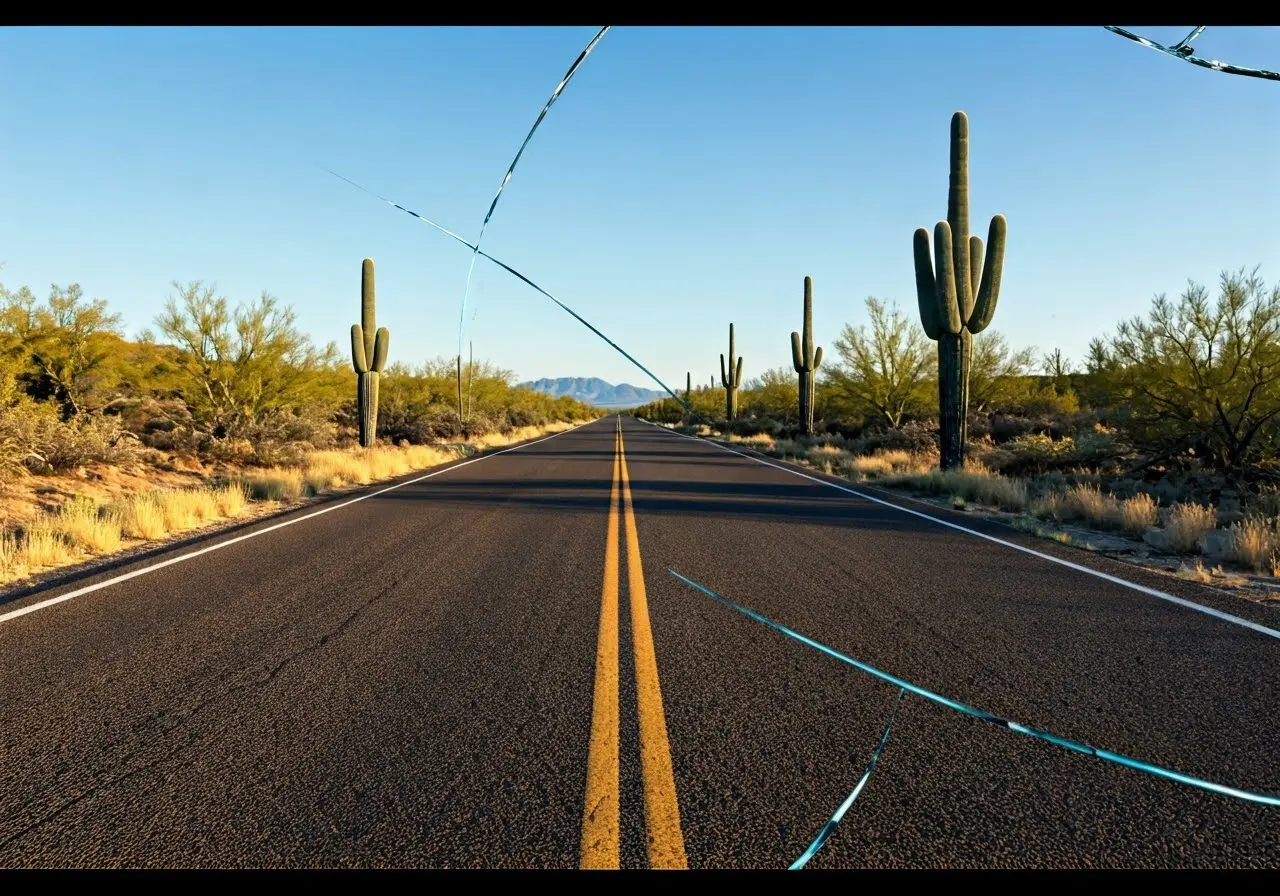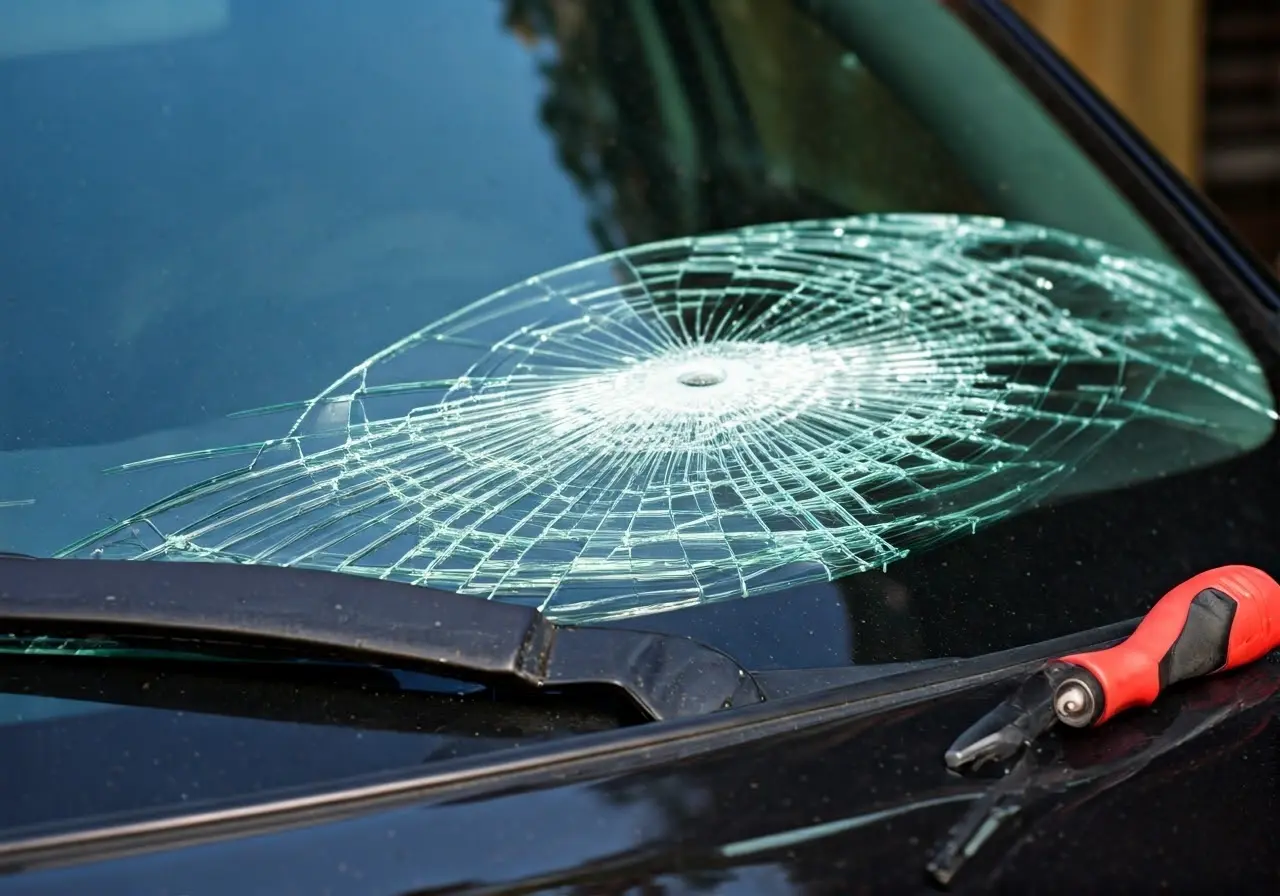Safety glass is a fascinating topic that often comes with its own set of myths and misunderstandings. As drivers, understanding the truth about safety glass can help us make informed decisions about our vehicles. In this blog, we’ll tackle some of the most common myths surrounding safety glass and provide clear, straightforward explanations that every driver should be aware of.
The Origins and Evolution of Safety Glass
To better understand safety glass, let’s first explore its origins and how it has evolved over time. Initially designed to reduce injury during accidents, safety glass has undergone numerous advancements to enhance its durability and effectiveness. Interestingly, the concept of safety glass dates back to the early 20th century when accidental discoveries led to innovations that revolutionized automotive safety. The primary motivation was the need to minimize injuries caused by sharp glass shards during vehicular accidents. Over the years, technology has advanced, leading to the development of laminated glass and tempered glass—each serving unique purposes based on their properties. The continuous evolution in this field ensures greater protection and safety for drivers and passengers alike.
Laminated safety glass, for example, is composed of two layers of glass with a plastic layer sandwiched between them. This design helps prevent the glass from shattering into sharp pieces, keeping it contained within the frame of the windshield when it breaks. On the other hand, tempered glass is heat-treated to enhance its strength. When it does fracture, it breaks into small, pebble-like pieces that are less likely to cause injury. These innovations reflect how the industry constantly seeks to improve safety standards in response to growing automotive demands. Advances such as these make car windows and windshields more than just transparent barriers—they are now crucial safety components.
Myth 1: Safety Glass Is Unbreakable
A common misconception is that safety glass is completely unbreakable. However, while it is designed to be much stronger than regular glass, it is not invincible. The term ‘safety glass’ often leads drivers to believe it can withstand all forms of impact, yet even the most robust options can only endure so much force. The distinction lies in how the glass breaks. Traditional glass shatters into sharp, dangerous shards, while safety glass is engineered to break into less harmful pieces. This significantly reduces the risk of injury during an accident by maintaining its hold within the frame or collapsing into blunt particles. These breakage patterns showcase how safety glass prioritizes human protection by dispersing energy differently.
Understanding these properties can help drivers better appreciate the value of safety glass in day-to-day life. In situations where rocks or debris come into contact with the windshield, the protective design of laminated glass keeps the interior securely intact, preventing objects from penetrating the cabin. This inherent strength does not imply indestructibility, though, which underscores the importance of prompt repairs. Tiny cracks, if left unattended, can gradually expand, compromising the effectiveness of the glass. Regular check-ups and immediate attention to any visible signs of damage are essential practices to sustain the protective attributes that safety glass inherently offers.
Myth 2: All Safety Glass Is the Same
Another prevailing myth is that all safety glass is identical. In reality, there are two primary types: laminated and tempered. Understanding the differences between these types can help drivers make better choices for their vehicles. Laminated glass, primarily used for windshields, combines multiple layers for enhanced security. This glass offers superior durability and withstands impacts more effectively, making it an ideal choice for portions of the car where visibility is critical.
Tempered glass, often used for windows, is designed to increase safety by fracturing in a manner that reduces injury risk. It undergoes a special treatment to improve its toughness, and when it does break, the glass crumbles into small, rounded pieces instead of sharp, jagged shards. While both types of glass protect occupants, they serve different functions based on vehicle design needs and engineering constraints. Drivers often overlook such differences, potentially affecting their decision-making during repairs or replacements. Manufacturers specifically choose a type of safety glass for each application due to considerations around cost, weight, and impact resistance. When opting to replace or repair, consider discussing with your service provider to ensure the proper type of glass is being used for your specific automobile, thereby maintaining its structural integrity and your safety.
Myth 3: Safety Glass Doesn’t Require Maintenance
Some drivers believe that safety glass, once installed, is maintenance-free. This section will highlight why regular inspections are crucial and the steps you can take to ensure your safety glass remains in top condition. Just like other parts of your vehicle, the glass requires periodic check-ups to identify and address potential issues early on. Environmental factors such as temperature fluctuations, debris from the road, and even the pressure from windshield wipers can gradually wear down the integrity of the glass or exacerbate existing flaws. For example, extreme weather conditions can induce stress fractures that might not be immediately visible to the naked eye but compromise overall strength.
Proper maintenance involves occasionally cleaning and inspecting for chips or cracks. Prompt repair of even the smallest chips is essential to prevent them from expanding into more significant damage. It may also be beneficial to consult professionals for regular evaluations, ensuring any imperfections are detected and addressed swiftly. It’s worth noting that some insurance policies cover auto glass repairs, making it a less daunting task from a financial standpoint. Ensuring the safety glass is fit, clean, and damage-free not only enhances clarity but also upholds the designed level of safety functionality.
The Importance of Proper Installation
Proper installation of safety glass is vital for its effectiveness. We delve into why professional installation matters and what drivers should look out for to ensure their safety glass is securely fitted. The installation process involves more than just placing glass into a frame. It requires precise application of adhesives and alignment to support the structural demands a vehicle has during regular operation and in collision events. Poor installation can lead to leaks, impaired visibility due to improper sealing, and even diminish the integrity of the glass during unexpected impacts.
By choosing professional installations, like those offered by reputable auto glass services, drivers ensure that the windshield or window is aligned and secured properly, maintaining both appearance and functionality. Experts use quality adhesives and standardized procedures to match the specific dynamics of automotive stress points, which reduces the risk of malfunctioning over time. As advancements in auto glass technology progress, installations now often incorporate sensors for modern driver-assist features. Ensuring these components are correctly fitted is crucial for them to function acceptably. A well-installed windshield isn’t just a barrier against the elements; it’s a pivotal part of the vehicle’s safety net.
Driving Away with Clarity
Understanding the realities of safety glass is crucial for every driver. By debunking these myths, we hope to equip you with the knowledge necessary to make informed decisions about your vehicle’s safety features. Stay informed, drive safely, and don’t let myths steer you off course.



